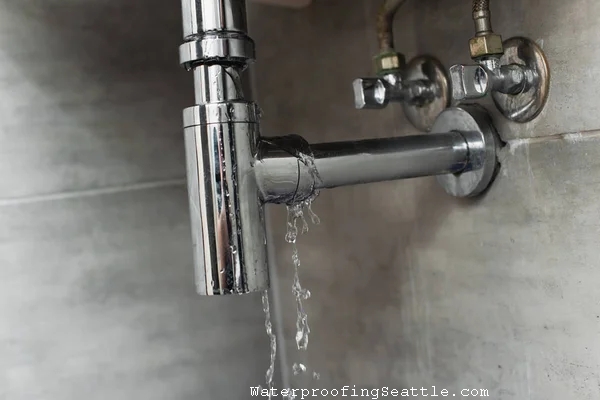
If you own a home in King County, Washington, you may be blissfully unaware of a lurking danger that could be silently wreaking havoc behind your walls. Water damage is a menace that can go undetected for months or even years, causing structural deterioration, mold growth, and health hazards for you and your family. In this investigative report, we will delve into the hidden world of water damage, exploring its causes, signs, and potential solutions.
Water damage can be caused by a variety of factors, both internal and external. Here in King County, heavy rainfall is a common culprit. With annual precipitation averaging around 39 inches, our region is prone to water intrusion, which can seep into your walls and floors, gradually weakening the very foundations of your home. Additionally, faulty plumbing or leaking pipes can contribute to hidden water damage, with small drips or leaks accumulating over time, causing immense harm.
Identifying water damage can be a challenge, as it often occurs behind the scenes. However, paying attention to subtle signs can help you catch the problem early on. Look out for musty odors, peeling or bubbling paint, warped or stained walls, and damp or soft flooring. These indicators might appear harmless at first glance, but they are red flags that should not be ignored.
Once water damage is suspected, it’s crucial to take immediate action. Ignoring the problem will only lead to further deterioration and potential health risks. The first step is to locate the source of the water intrusion and address it accordingly. Whether it’s a leaking pipe, damaged roof, or inadequate drainage, fixing the root cause is essential to prevent future damage.
Next, it’s important to assess the extent of the damage. In some cases, a simple cleanup and drying may be sufficient. However, more severe cases might require professional intervention. Mold remediation, structural repairs, and moisture control measures may be necessary to restore your home to a safe and habitable condition.
Prevention is always better than cure, and this holds true for water damage as well. Taking proactive measures to protect your home can save you from potential headaches in the future. Regularly inspecting your plumbing, roof, and drainage systems, as well as maintaining proper ventilation, can help prevent water damage from occurring in the first place.
The Dangers of Mold and Moisture
Hidden water damage is not just a structural concern; it also poses serious health risks to you and your loved ones. Moisture and dampness create a breeding ground for mold, which releases spores into the air, triggering allergies, asthma attacks, and respiratory issues. Long-term exposure to mold can even lead to chronic health problems. Therefore, it is essential to address water damage promptly and thoroughly to protect your family’s well-being.
The Financial Toll of Water Damage
Water damage not only affects your health and home but also takes a toll on your finances. Repairing structural damage, replacing damaged furniture, and addressing mold issues can quickly add up, leaving you with a hefty bill. Additionally, insurance coverage for water damage may vary, and some policies might not cover certain types of water intrusion. Being prepared and having the right insurance coverage can help mitigate the financial burden of water damage.
Environmental Impact of Water Damage
Water damage not only affects homeowners but also has broader environmental implications. When left unaddressed, water damage can lead to the waste of valuable resources and contribute to landfill pollution. By adopting sustainable practices and addressing water damage promptly, we can minimize the environmental impact and work towards a greener future.
Community-wide Solutions
While each homeowner bears the responsibility of protecting their own property, community-wide initiatives can play a crucial role in combating water damage. Awareness campaigns, educational programs, and resources aimed at promoting water damage prevention and early detection can empower King County residents to safeguard their homes and enhance the overall resilience of our community.
